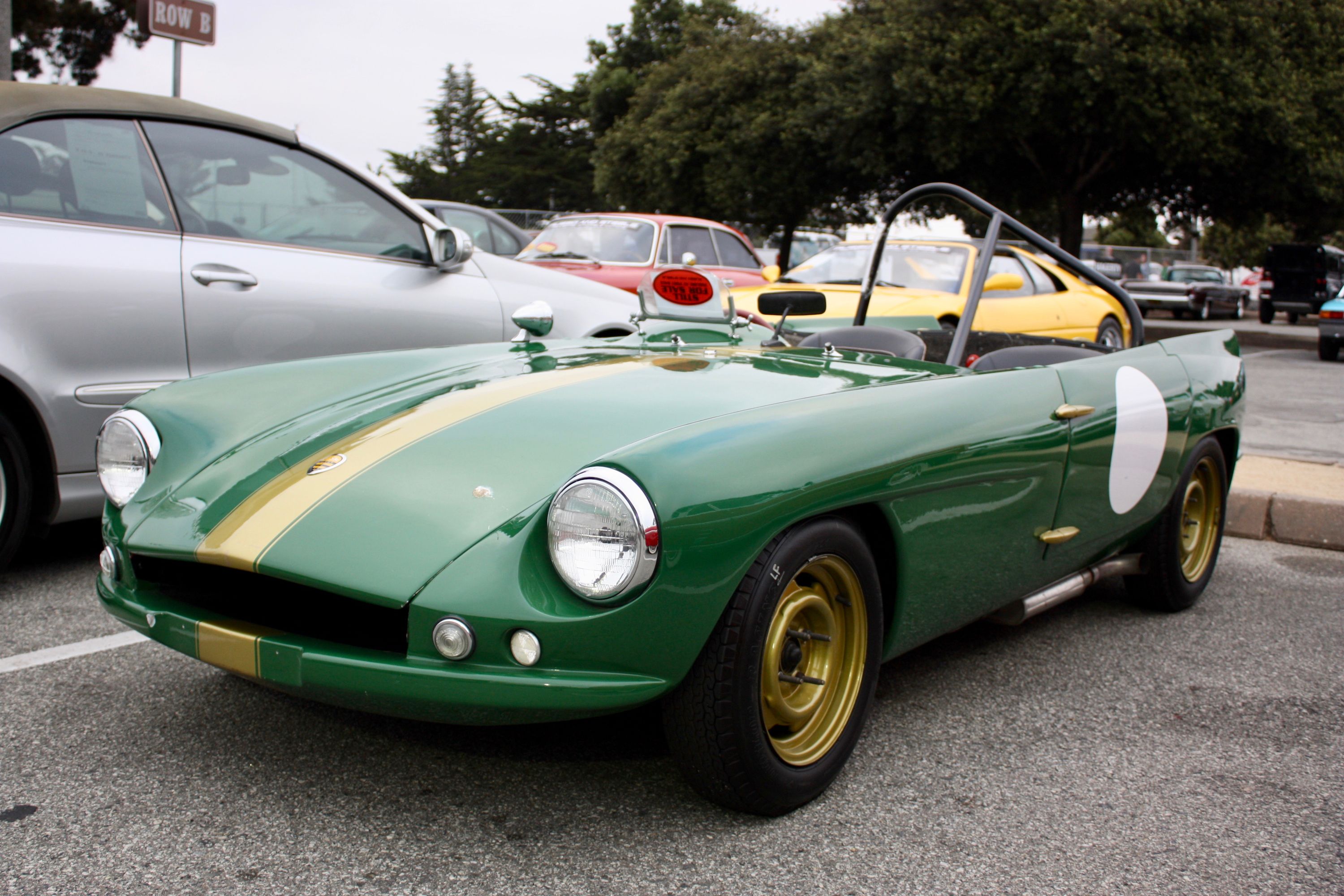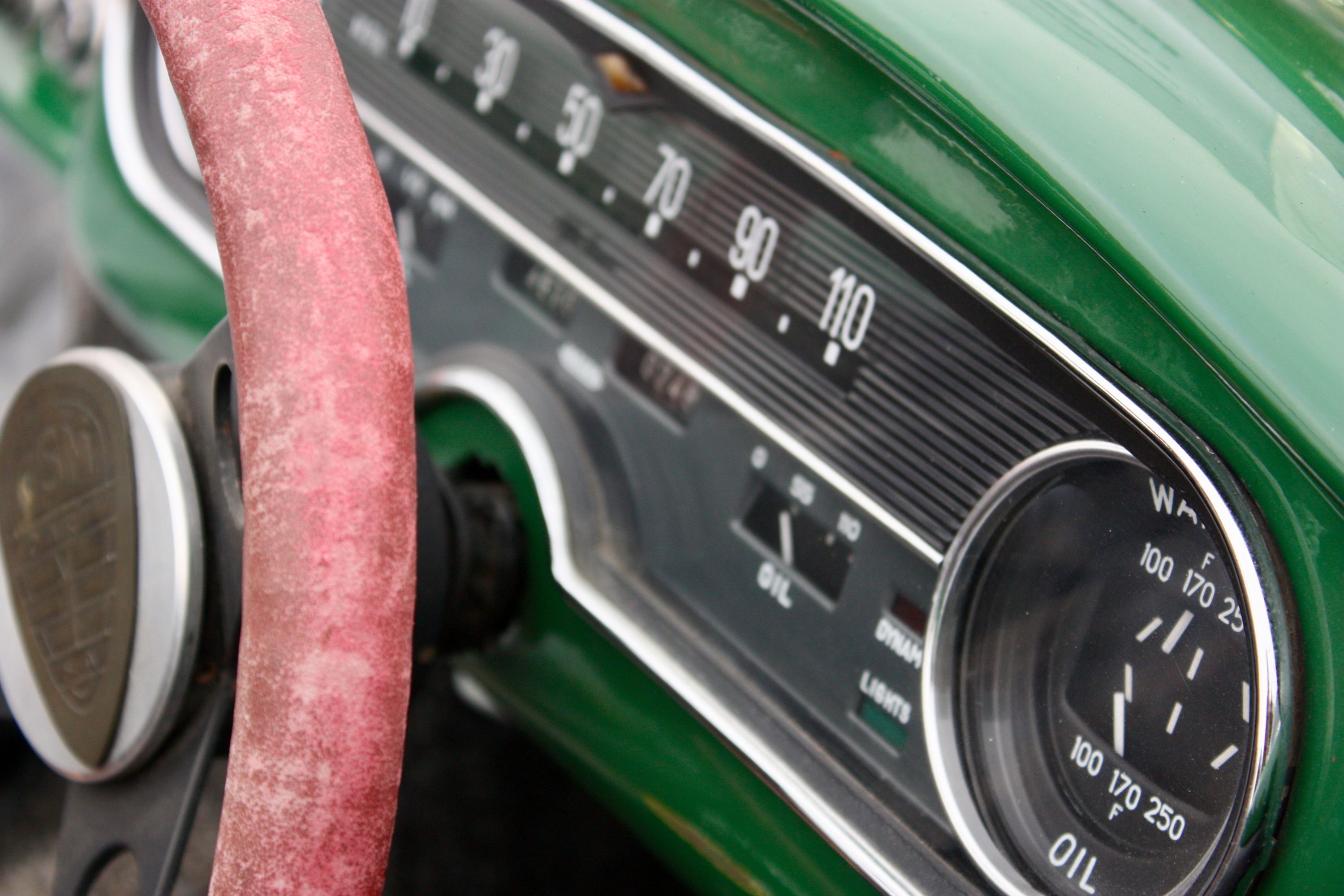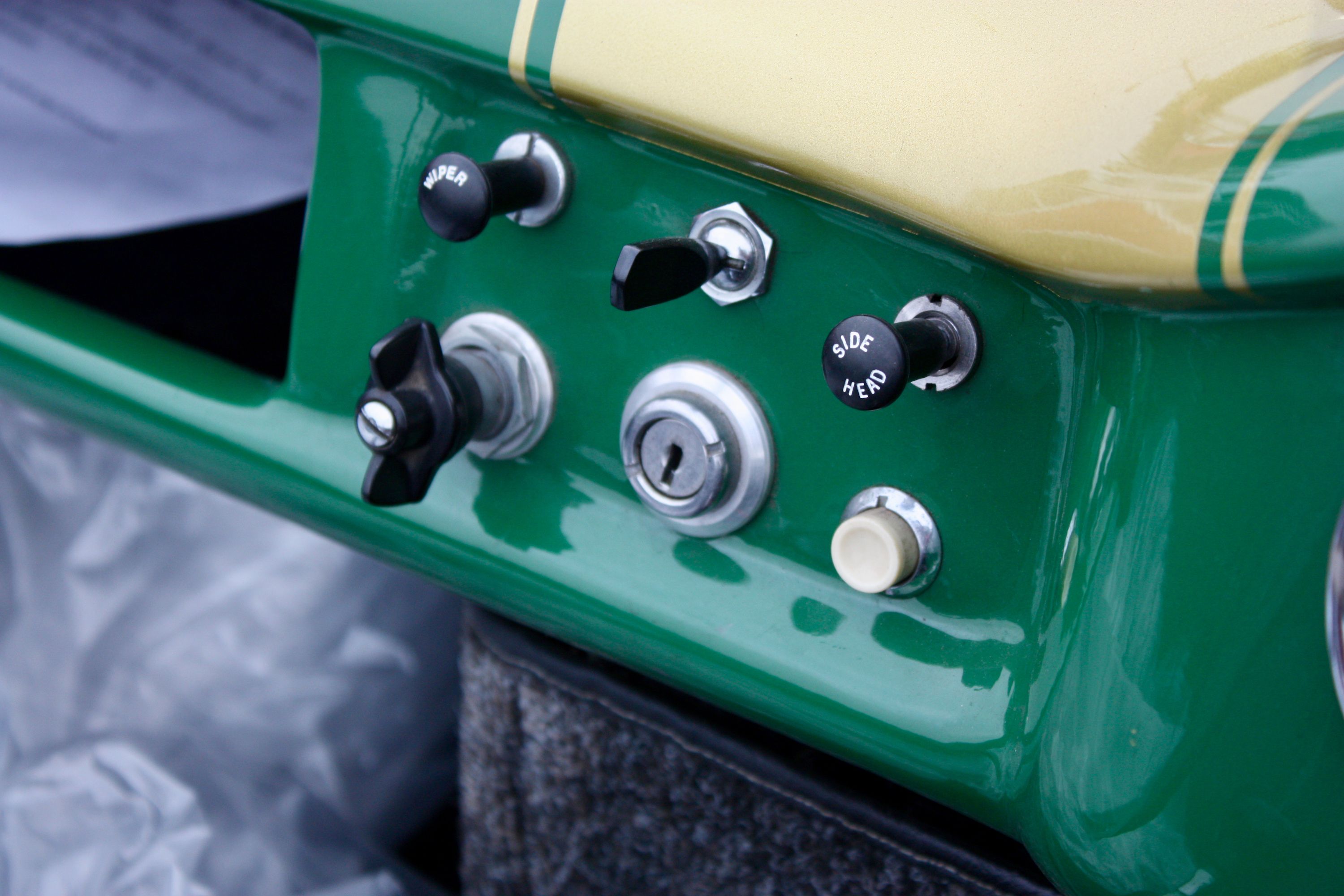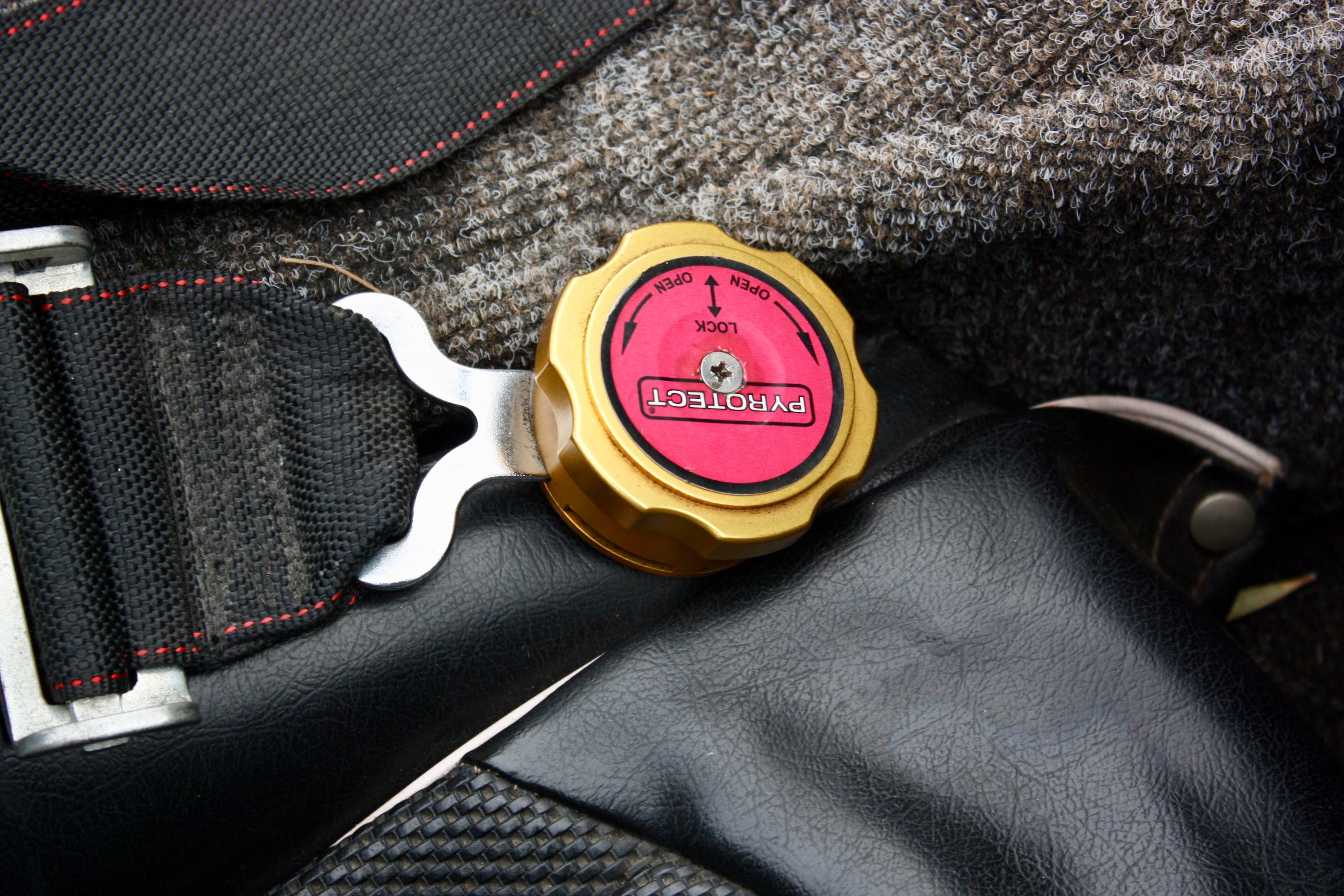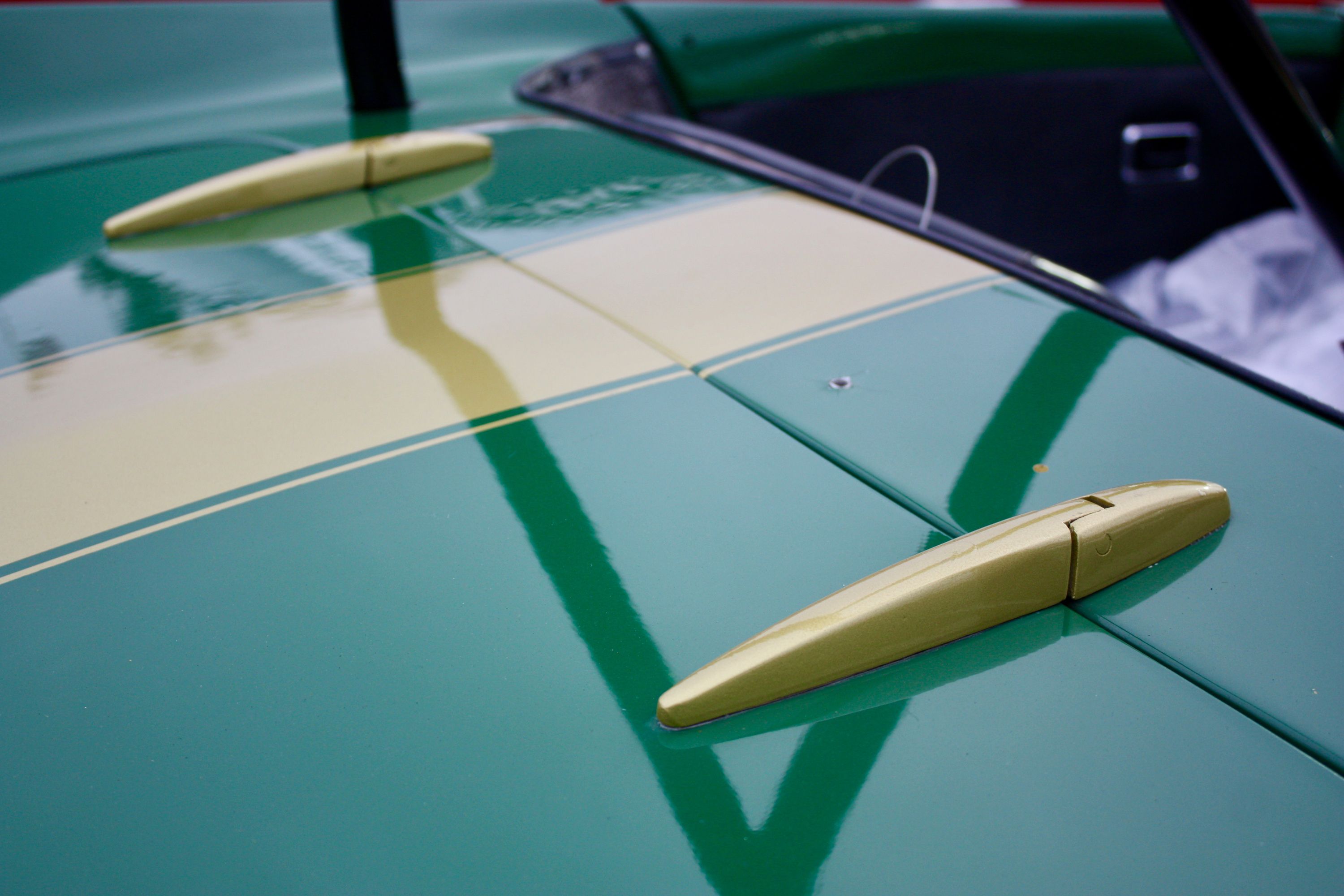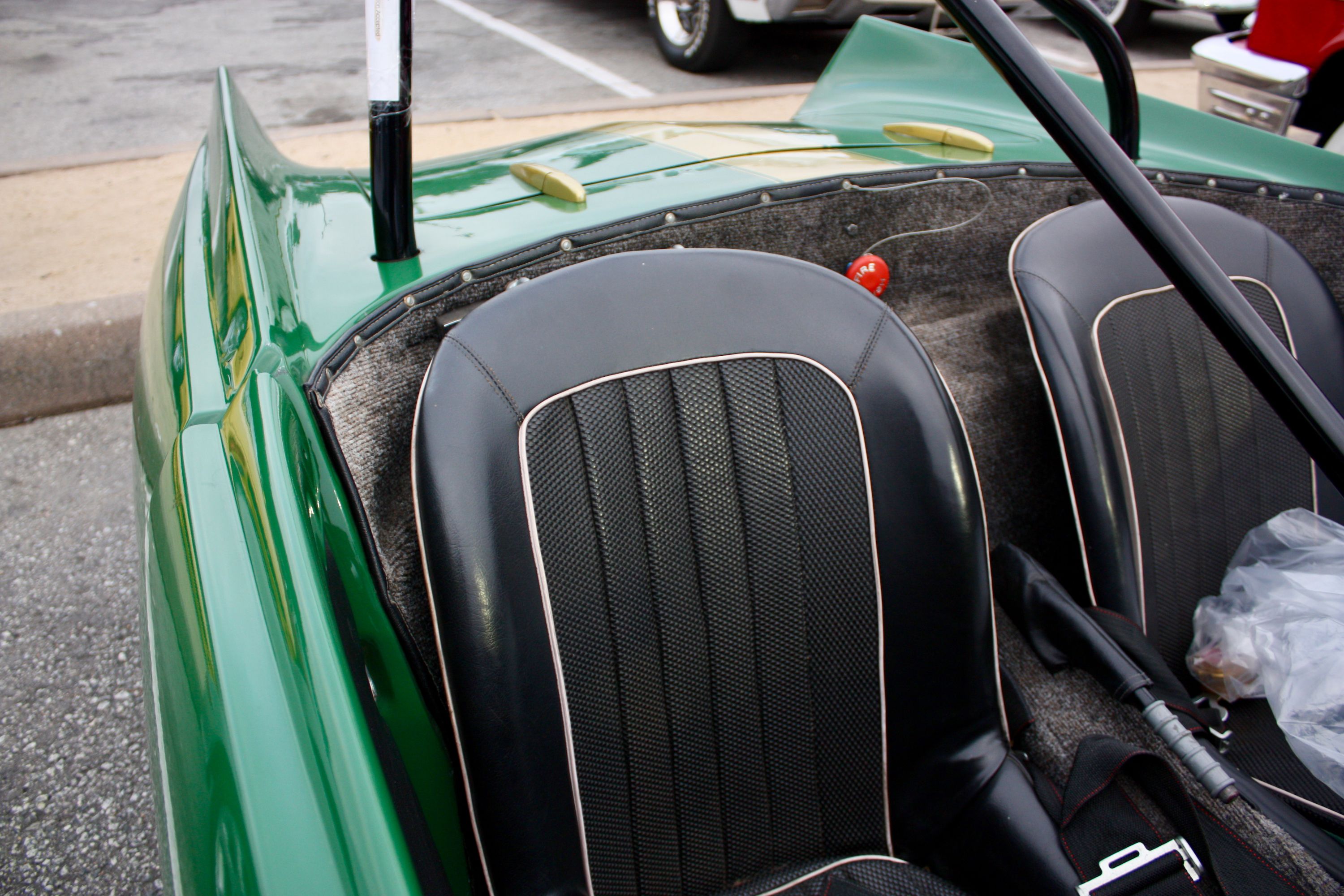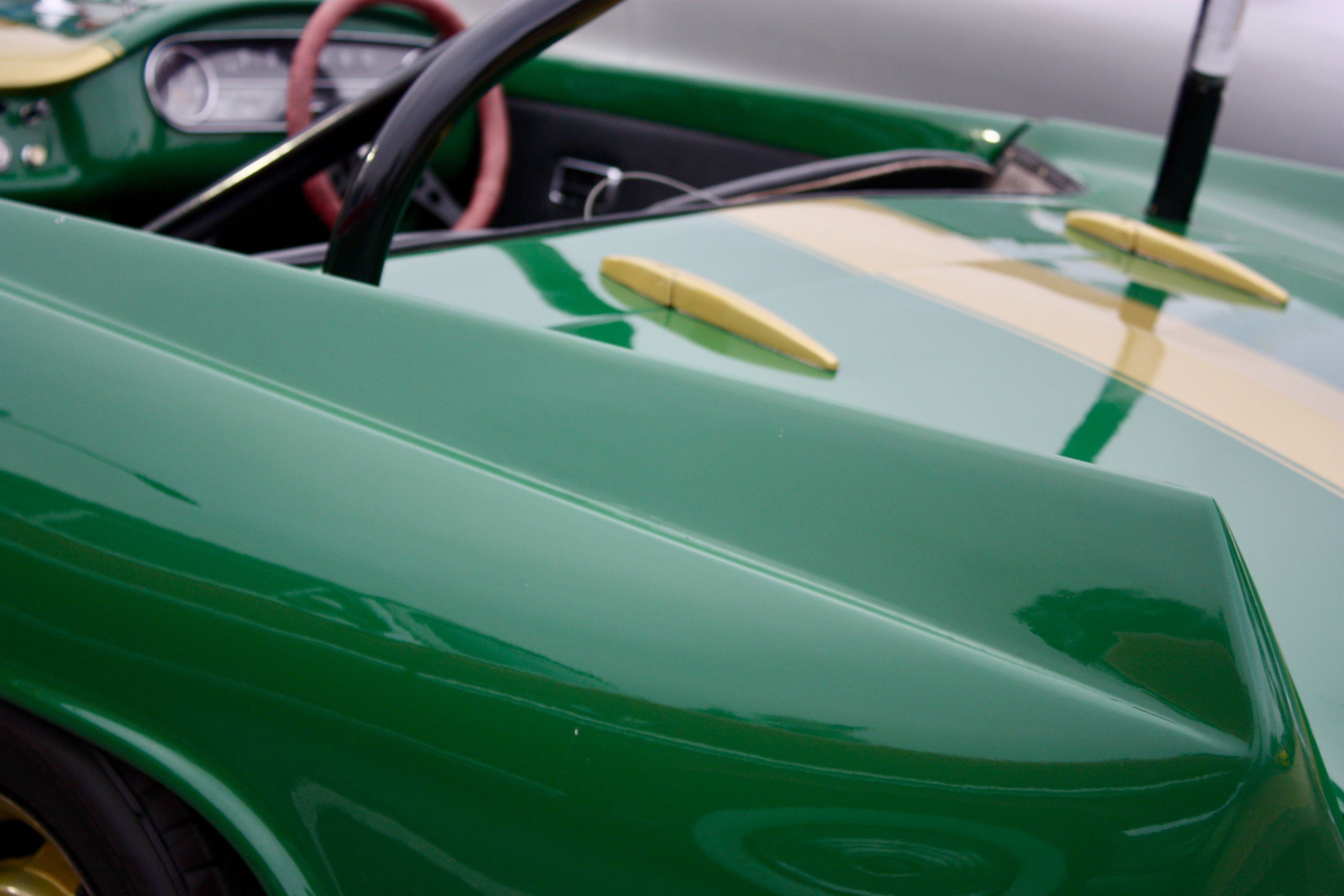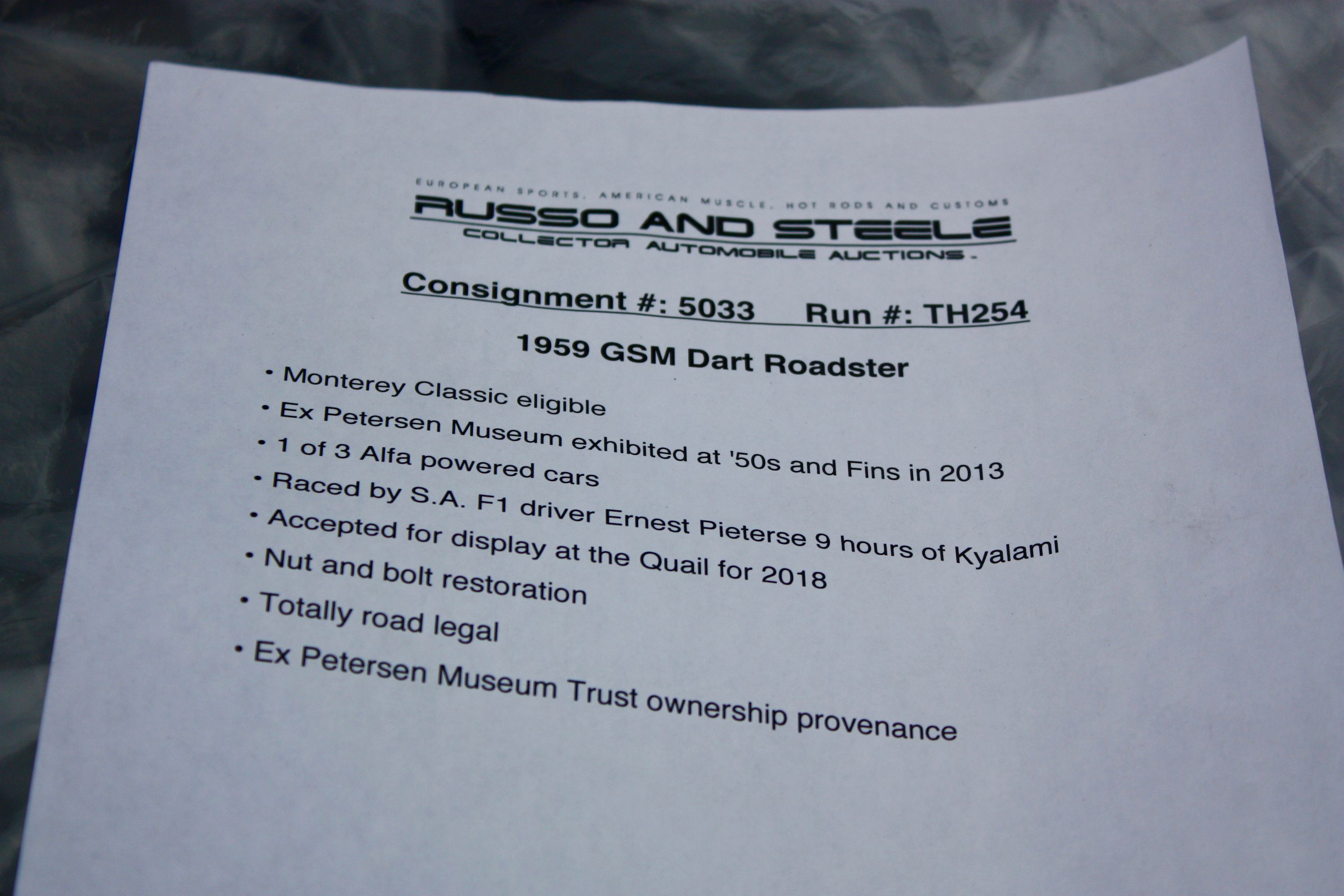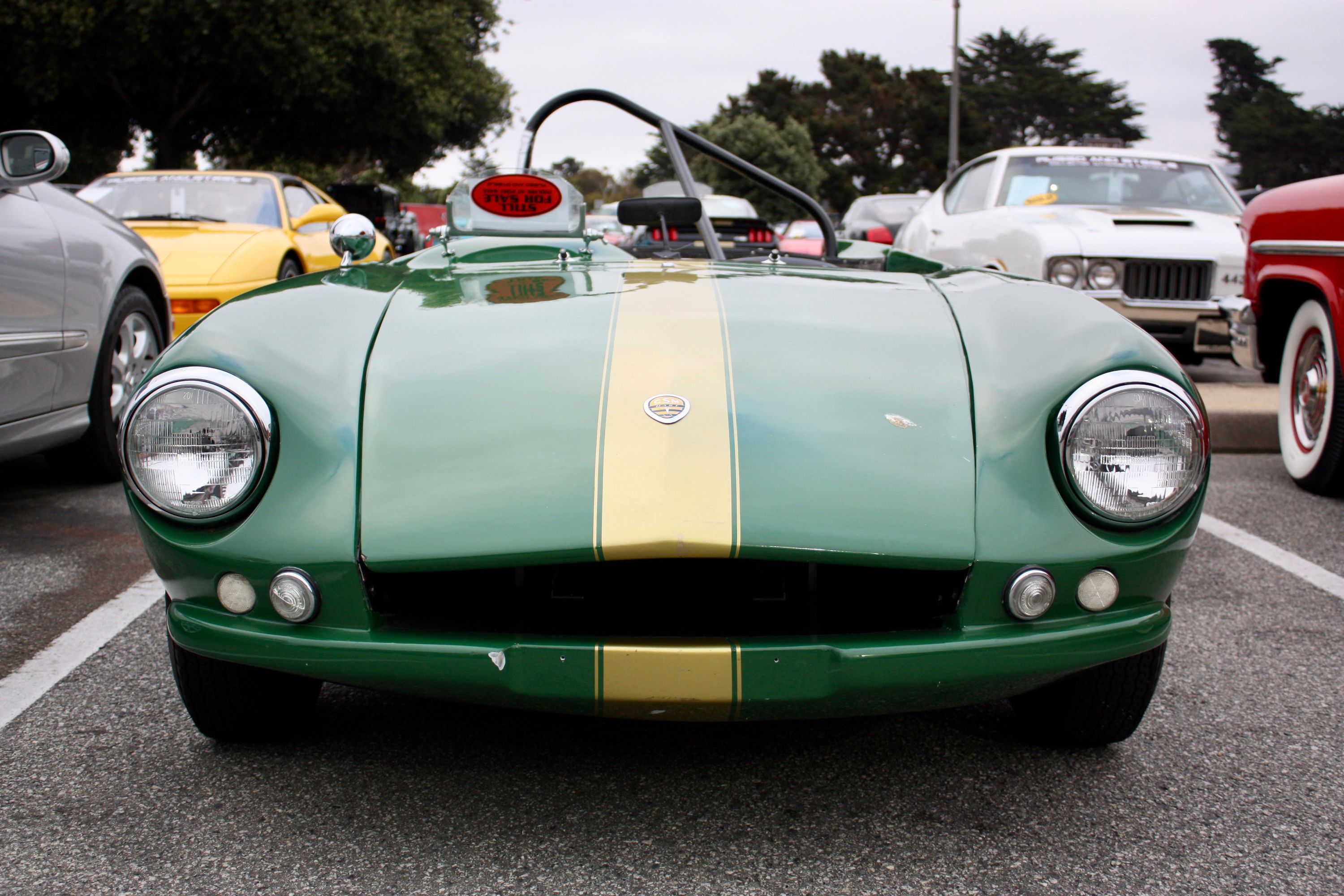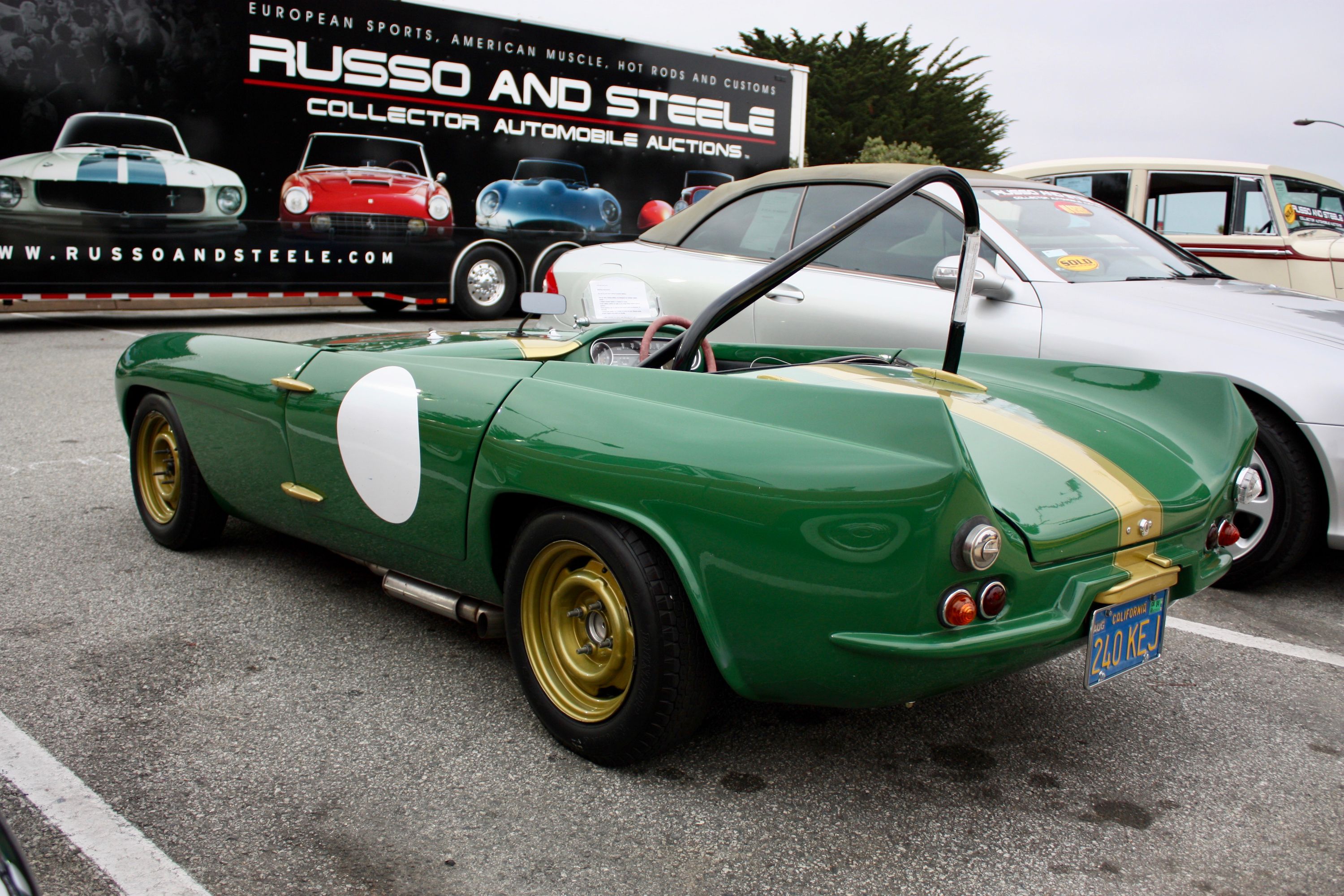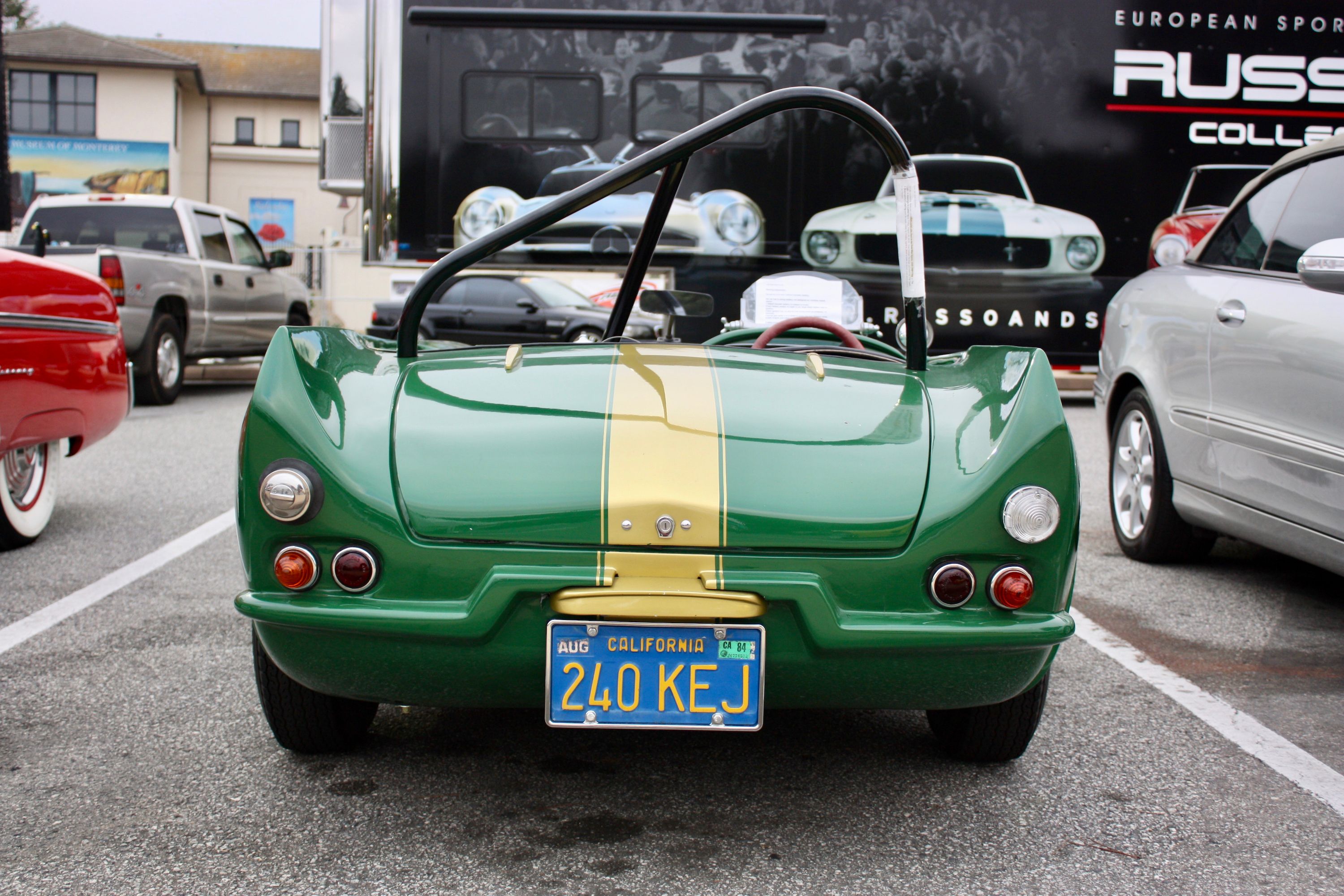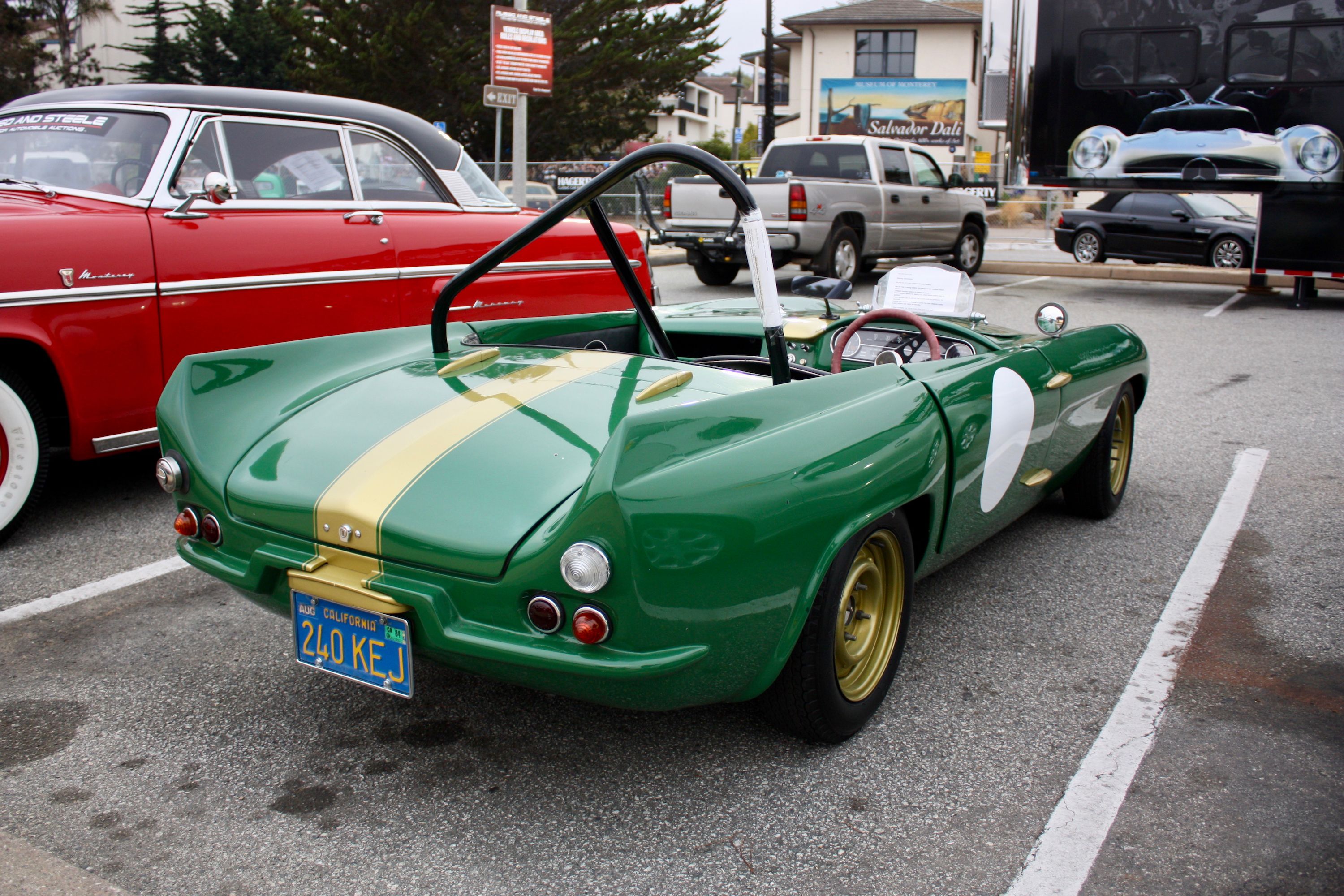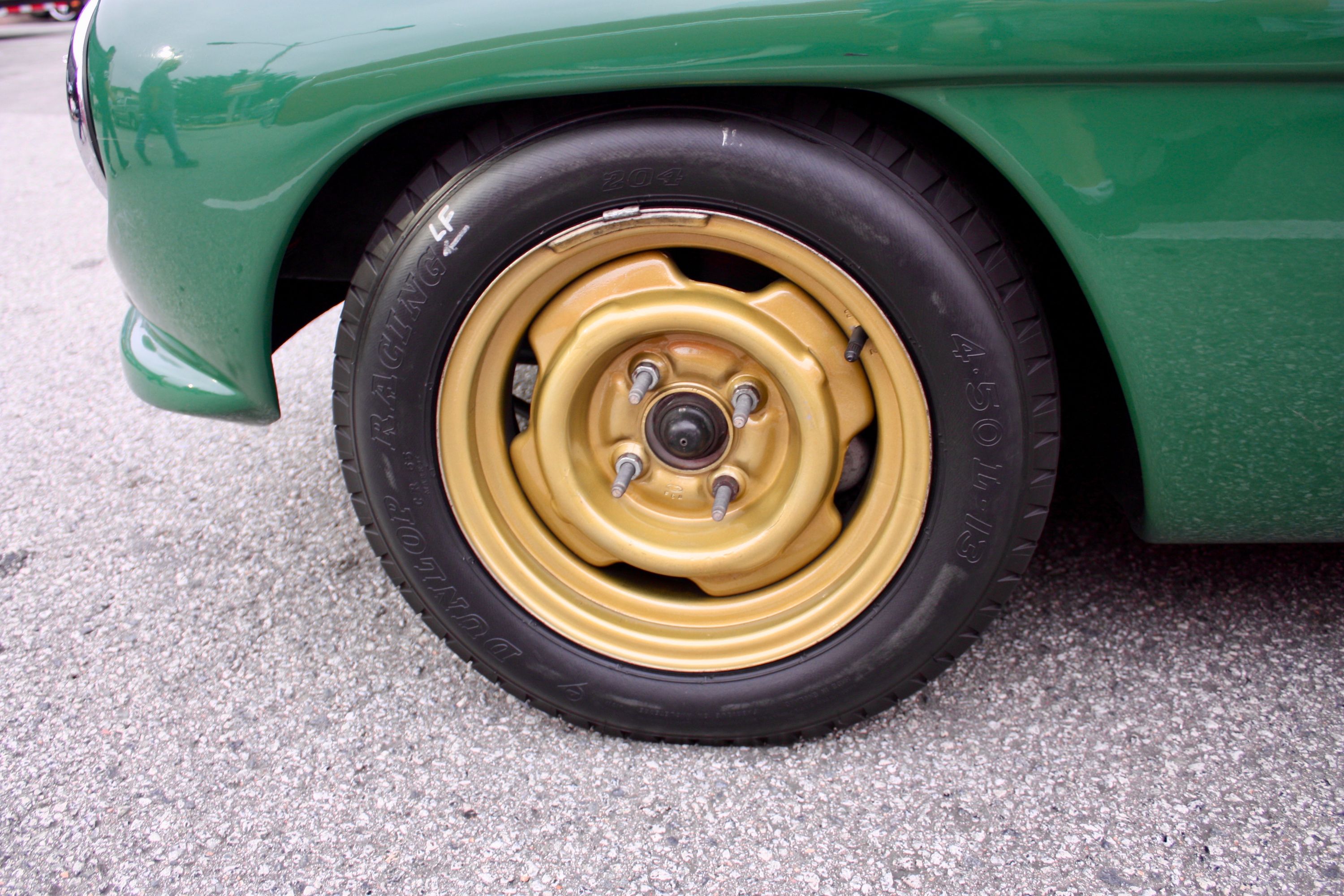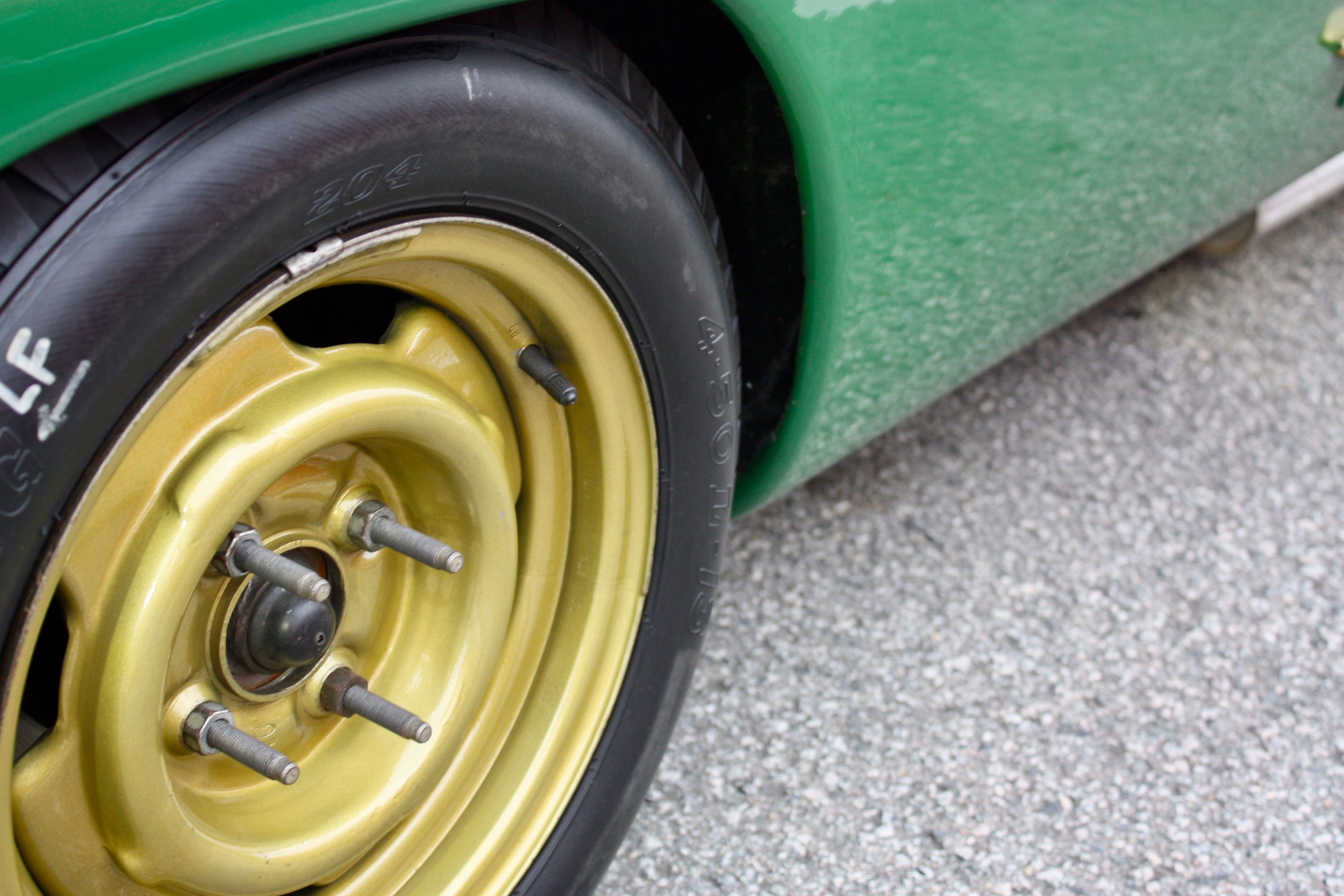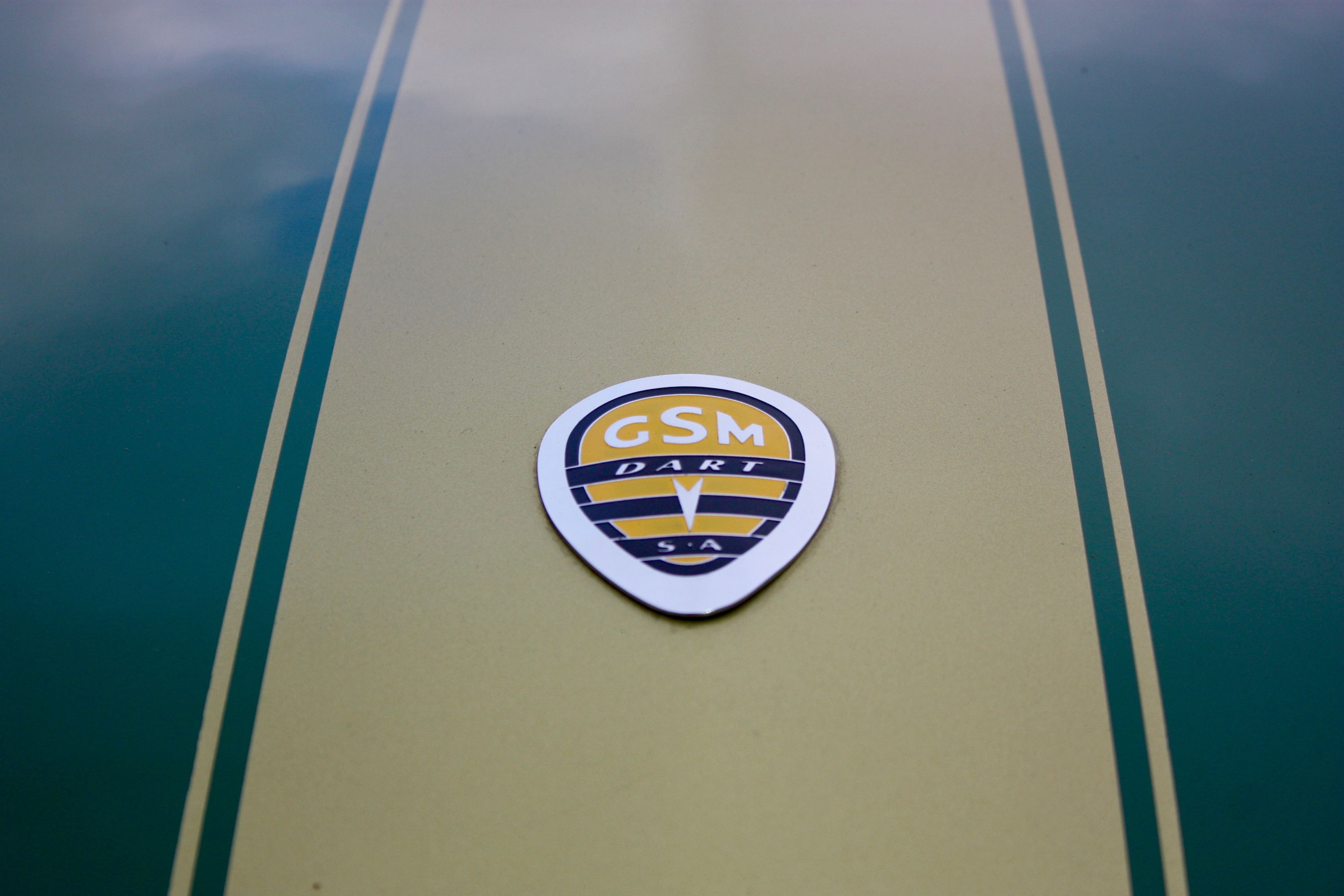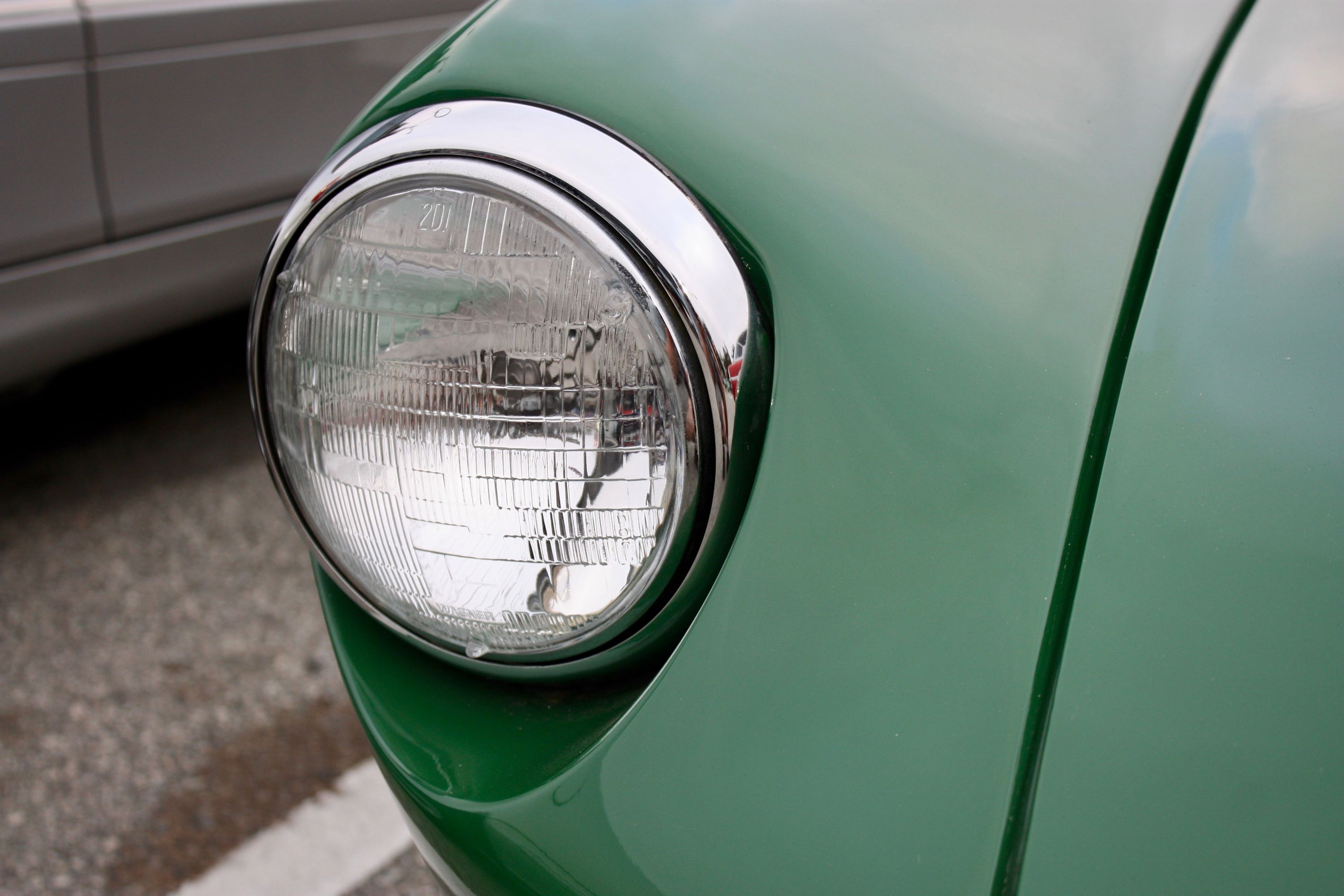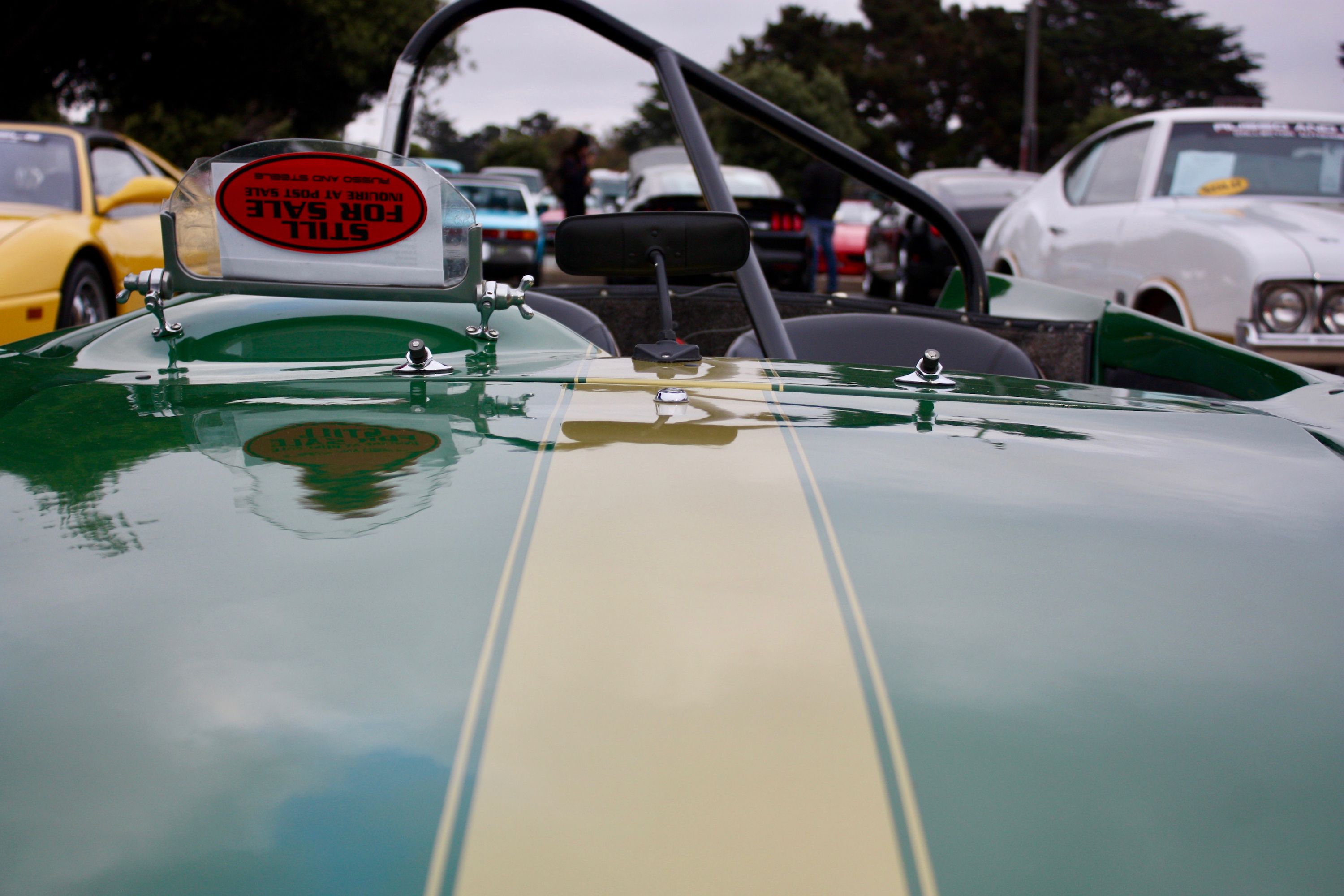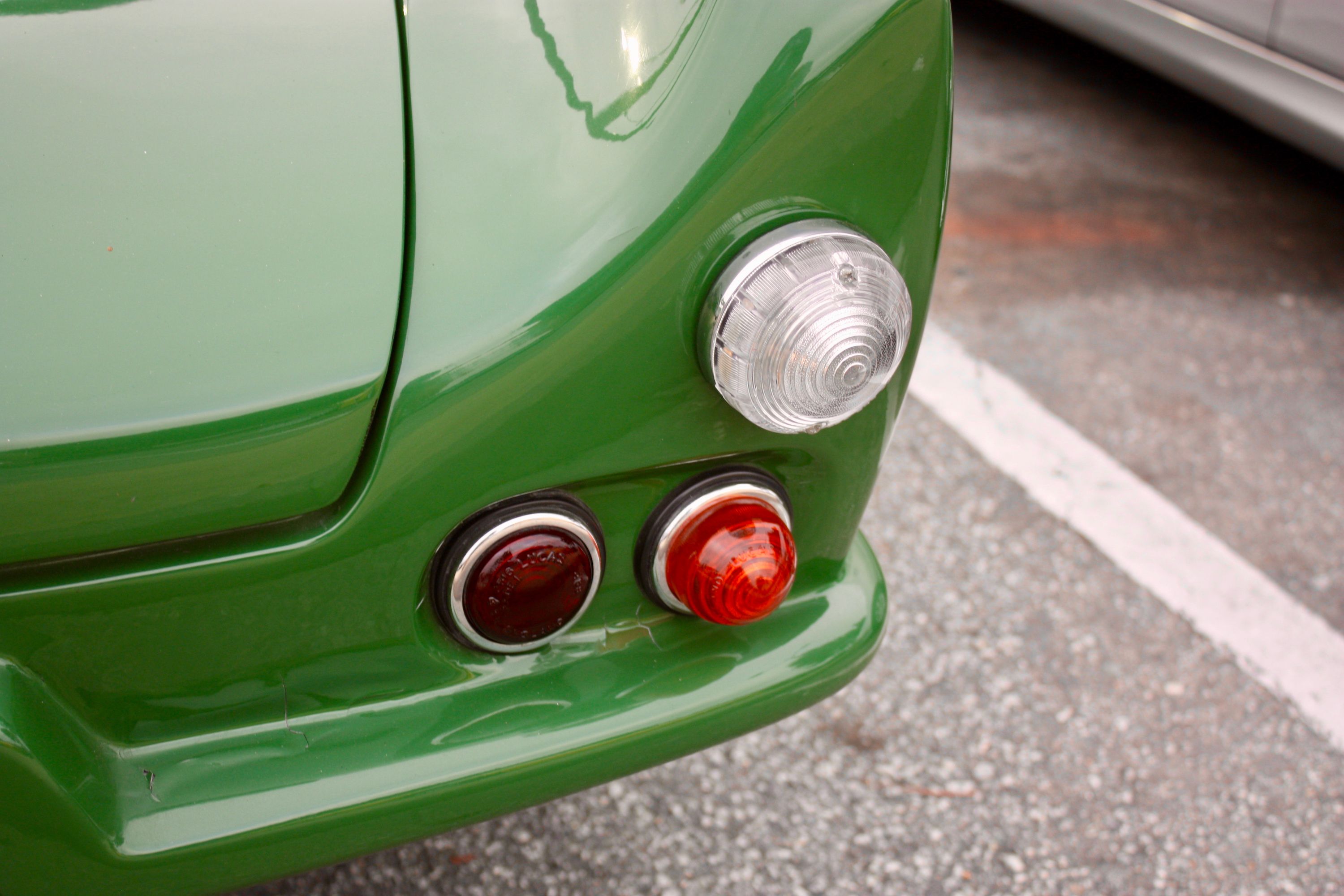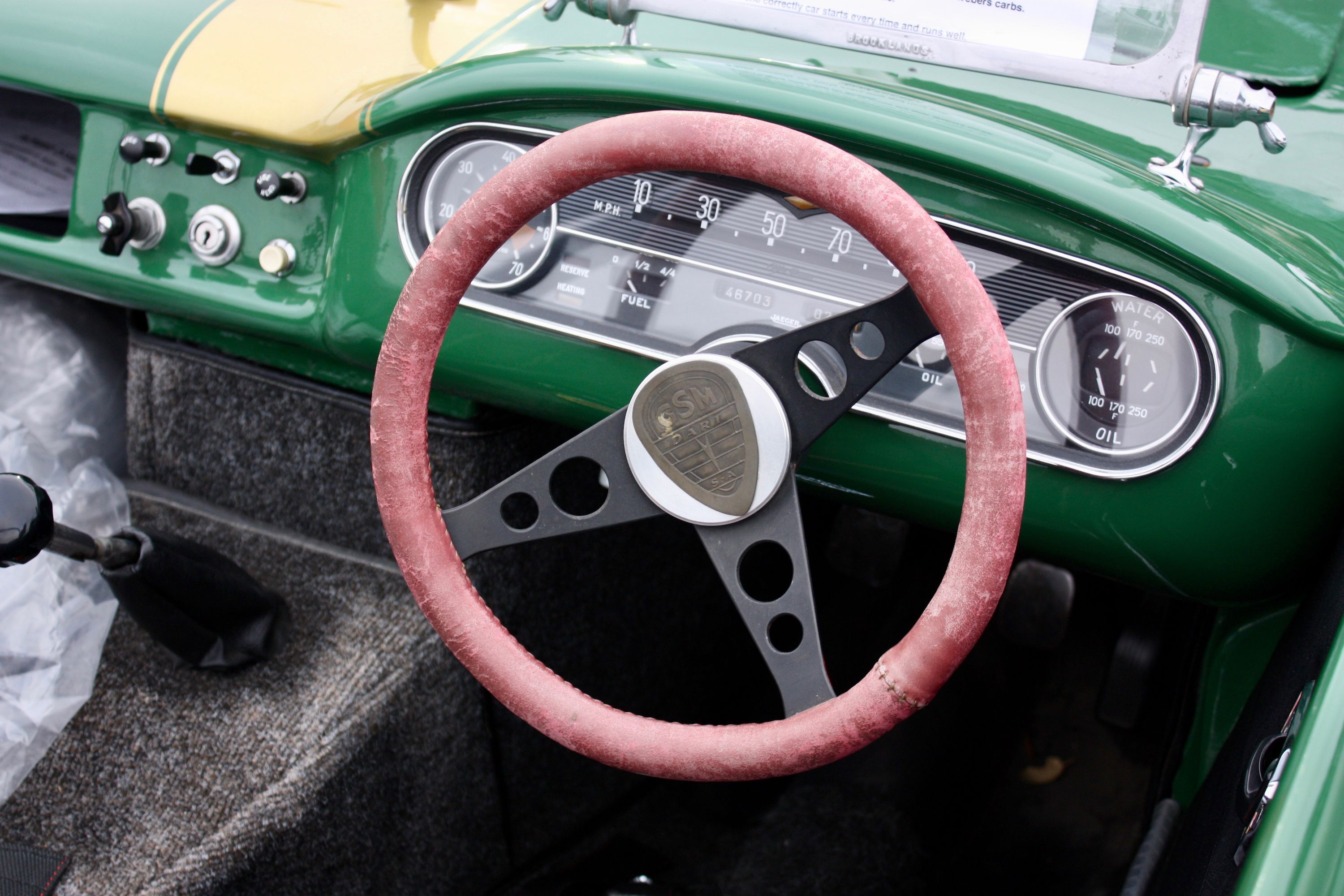The GSM Dart is a lightweight sports car produced in South Africa between 1959 to 1964. The lightweight vehicle was built by Glass Sport Motors, a company founded by Bob van Niererk and Willie Meissner in Cape Town, South Africa in 1958.
Meissner established GSM after he discovered glassfiber reinforced plastic manufacturing during a visit to England. The technology was new at the time and had not reached South Africa. The Dart was actually the country's second production car, with the first having been launched in 1957 by G.R.P. Engineering. Although production of the Dart spanned over five years, only 35 examples were built, which makes it a rare collector's item. Let's find out more about it in the review below.
1959 GSM Dart
- Make: Array
- Model: 1959 GSM Dart
- [do not use] Vehicle Model: Array
Exterior
Granted, the Dart isn't very similar to the Alpine, but it shares many design cues with several British sports cars from era, including Triumphs and MGs. Similarities begin up front, where two round headlamps flank a sharp nose with a thin grille just above the bumper. The grille is flanked by a pair of smaller lights on each side. But while most sports cars from the era had chrome bumpers, the Dart sports a colored spoiler that seems glued to the lower apron.
The rear fascia reminds me a bit of the original Fiat 124 Spider, but the convex arch created by the fins give the Dart a unique look. GSM went with simple lighting solutions by fitting three separate round lamps on each side of the trunk lid. The brake lamps and the turn signals are placed just above the bumper, while the reverse light sits higher. Actually, the one on the left side is a gas cap, but GMS designed it to look very similar to the reverse lamp on the right.
Although it was conceived as a roadster, the GSM Dart eventually gained a hard-top. Its design was also unique, with the rear window mounted deep into the wide pillars. The bulbous top made the Dart look less appealing though, which probably explains why most surviving examples are roadsters.
Interior
The steering wheel is simple too. The three spokes have holes in them, a common design to lose weight back in the day, while the rim was made either from wood or wrapped in leather. The small center stack houses four knobs, a button, and the ignition, while the glove box on the passenger side doesn't have a lid, also as a weight-saving measure.
There's very little documentation about what kind of features GSM offered for this car, but the photos suggests a lack of luxury items. The floor and center console are covered in cloth, as are the door panels. The sporty seats with solid bolstering have leather sides, but the center sections are dressed in cheaper materials.
Drivetrain
The 100E version, this time around a 1.5-liter four-cylinder, was notably more powerful at 116 horsepower and enabled the Dart to charge to a top speed of around 125 mph. Unfortunately, there are no 0-to-60 mph estimates for this car, but it's safe to assume that the more powerful 100E version needed less than 10 seconds to hit the benchmark.
Finally, three of the 35 cars were equipped with Alfa Romeo engines from the Giulietta. The Italian car had a 1.3-liter twin-cam four-cylinder engine that generated between 52 and 99 horsepower. Data isn't very specific, but some records claim that GSM used the 89-horsepower version from the Giulietta Sprint Veloce model built between 1956 and 1962.
Prices
Estimating how much these cars are worth today is difficult because of the different specs, the poor documentation, and the scarcity. However, despite being rare and only a few sold in Europe with the Delta name (due to "Dart" belonging to Chrysler), most of them are actually very cheap to buy, even at auctions.
The model shown here, which was revised for racing and competed in the famed 9 Hours of Kyalami race, leading it, for the most part, changed hands in 2017 for only $11,000. That's pretty affordable given that it's one of only three Darts equipped with the Alfa Romeo engine. The same car is set to go on auction this year.
Needless to say, you can find a Dart fitted with a Ford or Coventry Climax engine for less than that, but it's not an easy mission given that most of them were sold in South Africa and only a few survived.
Competition
Sunbeam Alpine
The Alpine was much more popular, and its production run included almost 70,000 units, but it was very similar to the GSM Dart. Penned by the same designer, it has a similar layout with a long nose and short deck lid, but it looked a bit more elegant thanks to its taller front fascia and chrome bumpers. It was also around 10 inches longer. The Alpine was also launched in 1959 and had a 1.5-liter four-cylinder under the hood. Revised in 1960 with a new suspension, the Alpine was fitted with a bigger 1.6-liter unit rated at 80 horsepower. More small updates were made in 1963 and 1964, but the engine remained unchanged until 1965 when the Series V model arrived with a 1.7-liter four-banger that generated 93 horsepower. Production ended in 1968 when the roadster was replaced by a completely redesigned fastback model. Sunbeam Alpines are pretty easy to find nowadays in the United Kingdom. Prices vary depending on mileage and condition, but well-maintained cars usually go between £11,000 to £18,000 (around $14,400 to $23,600).
Conclusion
Don't worry if you haven't heard of the GSM Dart; it doesn't mean that you don't know cars as well as you thought. GSM is a brand that lived operated for only a few years, and it only built two cars including the Dart. This little sports car was years ahead of its time thanks to its lightweight construction and glassfiber body, but it was unlucky to be born in South Africa rather than Europe. It's also surprisingly affordable given how rare it is, but that's what happens when the badge on the hood doesn't mean much on an international level. The good news is that you can buy a road-legal race car with money that would only get you a used Toyota.

